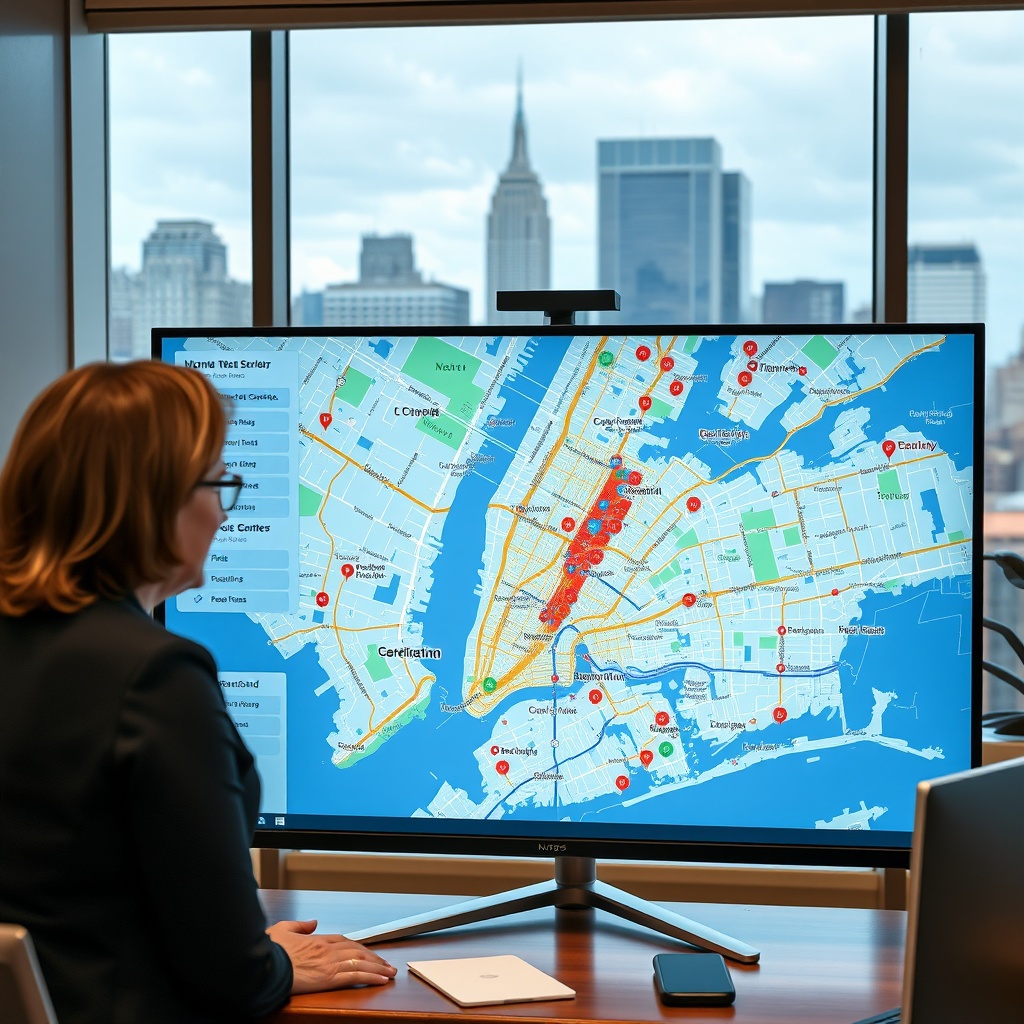As New York City grapples with the growing demands of its aging population, a coalition of older residents and advocates is calling for more resources to address their specific needs. This call to action signals critical considerations for real estate professionals tasked with adapting their properties and services to meet these demographic shifts. The increasing emphasis on housing suitable for the elderly presents a plethora of opportunities and challenges for developers, property managers, and decision-makers in the real estate industry. Harnessing technology and user-friendly data solutions, like the Location Enrich API, can empower stakeholders to effectively navigate and cater to this burgeoning market.
Understanding the Needs of an Aging Population
Older adults have distinct housing requirements compared to younger demographics. Safety features, accessibility, community-based living, and proximity to healthcare facilities are at the forefront of their needs. Real estate professionals must be attuned not only to the types of housing options that appeal to this demographic but also to emerging tech solutions that can make properties more marketable to aging New Yorkers.
Key Housing Features for Older New Yorkers
- Accessibility: Homes with zero-step entries, wide doorways, and single-floor living are critical.
- Safety: Installing grab bars, non-slip flooring, and emergency response systems can enhance safety.
- Community Living: Access to community centers and recreational facilities promotes social interaction and mental well-being.
- Healthcare Access: Proximity to medical services is a deciding factor for many elderly individuals.
Real estate companies can leverage HECM for Purchase initiatives and similar programs as potential avenues for expanding affordable housing options for seniors. When these housing features are integrated with data-driven tools, it enhances decision-making and coordination among real estate stakeholders.
The Role of Technology in Catering to the Aging Demographic
The integration of technology plays a pivotal role in designing and managing properties tailored for older adults. Enhanced data services like the Location Enrich API provide real estate professionals with an edge, allowing them to offer richer, more comprehensive property information.
Integrating Enriched Location Data
Location Enrich API opens new horizons for amplifying the appeal of senior-friendly properties by offering:
- Nearby Schools: Highlighting properties close to educational institutions which often host community classes and workshops for seniors.
- Public Transport Information: Elucidating accessibility through nearby bus stops and train stations promotes independence among older adults.
- Customization: Developers can tailor amenities, ensuring the inclusion of features particularly beneficial to seniors.
- Seamless Integration: Easy integration into real estate platforms provides brokers and agents with tools to better serve potential buyers.
For property managers, integrating these enriched data solutions represents an opportunity to become more customer-centric, ensuring that the most relevant information is easily accessible. This aligns with broader real estate trends highlighted in posts like Transforming Real Estate: Tech Innovations for 2025, which emphasizes the importance of tech adaptations for future success.
Opportunities for Developers and Real Estate Decision-Makers
As today’s older adults demand more active lifestyles and prolonged independence, there is a significant opportunity for real estate developers to innovate and cater to these evolving preferences. By understanding demographic trends and employing the right technology, real estate professionals can enhance their portfolios and improve community livability.
Adapting Properties to Support Senior Living
By considering demographic trends such as increased cash-flow opportunities associated with an aging-in-place strategy, developers can tap into an expanding market segment. Retrofitting existing housing or designing new builds with modern amenities that prioritize the comfort and safety of older adults can exponentially increase property value and desirability.
Real Estate Strategies Aligned with Aging Demographics
Developers and decision-makers should consider the following strategies:
- Smart Home Technologies: Implementing accessible smart home solutions that allow aging residents to manage their living environments safely and conveniently.
- Community Development: Creating aging-friendly communities that incorporate mixed-use development for added convenience.
- Partnerships with Care Providers: Collaborating with healthcare and elder care service providers to offer comprehensive living solutions.
The need for real estate professionals to adopt proactive strategies is further underscored by discussions in articles such as Navigating Real Estate Bumps: Tech Strategies for 2025 and Navigating Real Estate in 2025: Tech and Inclusivity Focus.
Conclusion
The call from New York’s aging populace for increased resources and attention from local governments is a microcosm of a larger, nationwide trend. Real estate professionals and developers who proactively adapt to these demographic changes stand to benefit both financially and socially by fostering communities that not only accommodate older adults but enrich their lives.
Employing enriched location data through solutions like the Location Enrich API enhances the ability to make informed decisions, ensuring properties meet the precise needs of aging residents. By continuously addressing the evolving expectations of our aging society, real estate stakeholders can make valuable contributions to a more inclusive and sustainable future.
